Gas stoves - playing with fire?
Fossil gas stoves and gas cooktops, greenwashed as using 'natural' gas, are even more of a problem than most people realize - especially if concerned about the keeping everyone in the family in good health! The Asthma Society of Canada says that the number of asthma cases being diagnosed world-wide increases by approximately 50% per decade - while the CDC highlights the following:
- The number of people with asthma continues to grow. One in 12 people (about 25 million, or 8% of the population) had asthma in 2009, compared with 1 in 14 (about 20 million, or 7%) in 2001.
- More than half (53%) of people with asthma had an asthma attack in 2008. More children (57%) than adults (51%) had an attack.
- 185 children and 3,262 adults died from asthma in 2007.
- About 1 in 10 children (10%) had asthma and 1 in 12 adults (8%) had asthma in 2009. Women were more likely than men and boys more likely than girls to have asthma.
- About 1 in 9 (11%) non-Hispanic blacks of all ages and about 1 in 6 (17%) of non-Hispanic black children had asthma in 2009, the highest rate among racial/ethnic groups.
- The greatest rise in asthma rates was among black children (almost a 50% increase) from 2001 through 2009.
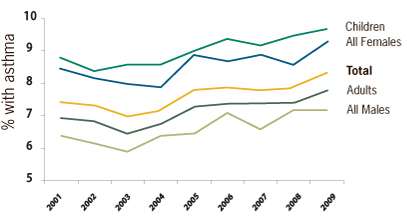
The hidden health dangers of gas stoves and gas cooktops
Jonathan Levy, Professor and Chair of the Department of Environmental Health at Boston University, recently published an article in The Conversation website pulling together data from interior air quality research.
He proved that over 40 million households across North America are at increased risk of asthma and cancer because of their choice of using a gas stove or gas cooktop. So, if you're cooking or heating with gas, this means you!
Having a gas stove in a household can be dangerous as they expose occupants to a variety of dangerous chemicals, such as:
- Gas stoves during cooking emit nitrogen dioxide, the same pollutant released by combustion engines, which can cause asthma and other respiratory problems
- Even when switched off, the stove is emitting chemicals like methane and cancer-causing benzene
These dangerous effects of using gas for cooking in homes have been proven many times by university and government research, yet for over 40 million US and Canadian homes the message about the dangers of "natural" fossil gas still hasn't been brought home. During the time that so many families are looking to find savings in their household bills, and are being encouraged to improve the efficiency and airthightness of homes, the concentrations of these poisonous chemicals inside homes is becoming an increasing cause of concern.
How big a health problem is a gas cook stove?
When cooking with gas the burners emit nitrogen dioxide, or NO₂, as a byproduct of the gas combustion process. As far back as 2013, nitrogen dioxide exposure inside homes caused primarily by cooking with gas, has been definitively associated with an increase in severe asthma and the increased use of rescue inhalers in children.
Exposure to gas stove and cooktop exhaust fumes can also affect asthmatic adults, and it contributes to both the development and worsening of chronic obstructive pulmonary disease.
So, to be blunt, in our book cooking with gas is both literally and figuratively playing with fire!
To be fair, nitrogen dioxide detected in internal air quality measuring comes both from some outdoor air that infiltrates indoors, and from indoor sources like gas appliances. Road traffic is the most significant outdoor source, and obviously levels are higher in homes close to major roads and highways.
The greatest indoor source of nitrogen dioxide is still from gas stoves and cooktops, with the largest production of NO₂ coming from large burners that run longer like the wok burners often found on wider 5 burner gas stovetops. They may look great, and cooking on them instantly turns us into the next home Masterchef, but gas cooktops are really about as cool as smoking a cigarette was in the 1960's. We now know better.
Unsurprisingly, the gas industry’s take on this is that gas stoves are only a minor source of indoor air pollutants.
That is true in some homes, especially with respect to exposures averaged over months or years. But in newer homes, or homes renovated for energy efficiency, gas stoves have been proven to contribute more to indoor nitrogen dioxide levels than pollution from outdoor sources (especially during the short-term peak exposure time while cooking), which studies show can trigger asthma attacks and pulmonary reactions in the vulnerable.
A 2014 study in Southern California demonstrated that around half of homes cooking with gas exceeded a safe health standard for NO₂ exposure based on the highest hour of nitrogen dioxide concentrations.
One gas stove contributes more to dangerous levels of exposure to NO₂ than an entire highway full of vehicles because of the volume of air effected. Outdoor pollution disperses over a large area, while indoor pollution concentrates in a small space - a space that we're living and breathing in - and this is what makes cooking with gas dangerous and best avoided.
While on the subject of internal air volume and the concentration of pollutants, we can't help but wonder what the concentration of NO₂ is in tiny homes or trailers, which often use propane or butane for cooking because of the ease of portability - especially when boondocking! It may make your tiny home freezing cold, but if you do have a gas stove, please be sure to open up a couple of windows for cross ventilation, and also if possible, shut the gas off outside when you're not actually cooking.
Why are the health problems of cooking with gas greater in newer homes?
The level of indoor pollution from a gas stove is increased and decreased by the airtightness and volume of the home, which means that indoor environmental exposures to NO₂ are higher for some people than for others. People who live in larger homes, especially leaky, drafty older homes, will be less exposed than those in smaller homes or newer homes with better air tightness.
This is part of the reason why new building codes in many areas have a mandatory requirement to install HRV or ERV ventilation systems when the home itself is built to be much more airtight - because all homes need natural ventilation but it's better to reduce the heat loss than to let warm air simply blow out of the structure like older homes used to.
Having good internal air quality in homes is very important, one of the reasons that we are wary of sealing and insulating old homes with spray foam. So if you live in a newer home, or you have carried out major renovations on an older home (including reducing air permeability and stopping drafts), AND you have a gas stove, we recommend taking precautions to reduce the NO₂ levels from cooking.

How to reduce the risk from cooking with gas in homes?
While we understand the convenience and speed of cooking on gas cooktops, we've also used electric induction stoves - which have a very similar 'instant heat' and quick cooling way of cooking. They also have the advantage of being easier to wipe clean if a pan boils over, and using electric is preferred as it's a greener energy source than fossil fuels like so-called 'natural' gas.
Induction cooking is also often considered one of the most efficient cooking technologies. With an induction cooktop, up to 90% of the energy consumed is transferred to the food, compared to about 74% for traditional electric systems and only 40% for gas - so although the cost of electricity is higher than gas per BTU, the increased efficiency means that cooking with electric stoves on an induction stovetop is comparable in cost to cooking with gas.
By converting homes to be 100% electric as the North American production of renewable electric energy increases, Homes instantly become greener in the future. So, the best option to stop polluting the air in our homes and causing health issues, is to remove fossil fuels completely and to turn the gas supply off at the meter and ask the gas utility company to cap it if your area allows it. Usually, and as a bonus, to eliminate the monthly natural gas "Customer Charge," a customer having a natural gas meter, but not using natural gas, may request suspending their natural gas account.
All the same, as we don't like to replace manufactured items prematurely from an environmental perspective, we'd only recommend installing an ENERGY STAR rated electric stove or cooktop when updating appliances anyhow, or if members of the household have known respiratory issues like asthma or chronic obstructive pulmonary disease which should hopefully put replacing gas stoves and cooktops above granit worktops when renovating a kitchen!
If you're still going to be using an existing gas stove or cooktop, the biggest single thing to remember is to always run the range hood fan when the stove is lit - especially in a modern or high-efficiency home. This is of course assuming that the range hood is vented to the outside (as it should ideally be), and isn't simply recirculating the air internally through a clogged - or soon to be clogged - charcoal filter. If there's any doubt, crack a window open and let some fresh air in while you're cooking.
Also worth mentioning is to NEVER use a gas stove to heat a home, to leave them lit longer than necessary, or to use a gas BBQ inside the home or around windows and doors where the exhaust fumes can blow indoors.
What environmental impact do gas stoves, cooktops and furnaces have in North America?
In recent research, (using a 20-year timeframe for methane GHG effects), annual methane emissions from all gas stoves in U.S. homes have a climate impact comparable to the annual carbon dioxide emissions of 500 000 cars.
In another recent study published in the scientific journal Environmental Science and Technology in October, researchers gathered gas samples from 159 homes throughout California and tested them to see if gas stoves and cooktops leak when not in use. Worryingly, all the air samples tested with the gas stoves off were found to contain benzene, toluene, ethylbenzene and xylene. The authors were also able to calculate that more than four tonnes of benzene per year leaks into the atmosphere from outdoor pipes delivering gas to buildings around California - the equivalent of nearly 60,000 vehicles in this one State alone.
An earlier study published in January 2022 tested the air of 53 home kitchens in California and found three-quarters of the total methane released by gas stoves was released while the stoves were off.
Even when they are not running, the study found, U.S. gas stoves emit 2.4 million metric tonnes of methane into the air each year.
Around 40 million households still have a gas stove, and experts in North America are urging people to make the switch to an electric appliances such as an induction cooktop and electric stove to reduce the dangerous gases in our homes, and to reduce the incidence of asthma and pulmonary disease they are causing or at the least, making worse.
The good news - fossil gas is being phased out
As we've reported previously, so called 'natural' gas is being phased out of new home construction and gas stoves and cooktops are likely to be banned because burning any fossil fuel releases carbon dioxide into the atmosphere and contributes to the warming of the planet.
The United States Consumer Products Safety Commission (CPSC) has been considering a ban on gas stoves due to health and respiratory concerns. Richard Trumka, one of the agency's commissioners, recommended in October that the CPSC seek public comment on the hazards associated with gas stoves. That recommendation was passed by the commission. In an interview with Bloomberg this month, Trumka called the stoves a hidden hazard, saying "any option" was on the table.
"Products that can't be made safe can be banned," said Trumka.
He also stated that options besides a ban could include "setting standards on emissions from the appliances."
The carbon dioxide emissions from burning natural gas are lower than with oil or coal, but there are other emissions to be concerned about. Burning natural gas also emits carbon monoxide, nitrogen oxides (NOx), and sulfur dioxide (SO2), along with methane. And it's this methane from all the delivery system of pipes and gas meters leaking into the atmosphere that is a big concern.
The United States maintains about 2 million miles of natural gas distribution mains and pipelines, 321,000 miles of gas transmission and gathering pipelines, 175,000 miles hazardous liquid pipeline, and 114 active liquid natural gas plants that are connected to natural gas transmission and distribution systems. All of this system leaks methane, and so any attempts to replace fossil gas with renewable natural gas (RNG) must be stopped, as it's making the problem worse and prolonging the inevitable transition to all electric homes.
Renewable natural gas (RNG) is a pipeline-quality gas that is fully interchangeable with conventional natural gas and can be used in natural gas vehicles. We've heard a lot about this in the last few years, especially in areas that gather organic materials for recycling.
RNG is essentially biogas (the gas emitted the decomposition of organic matter) that has been processed to certain purity standards. Like conventional fossil fuel gas, RNG can be used as a transportation fuel in the form of compressed natural gas (CNG) or liquefied (fossil) natural gas (LNG). Unfortunately RNG currently qualifies in the US as an advanced biofuel under the Renewable Fuel Standard, but thankfully the world is waking up to the dangers of gas. And leading the way is California, which has now banned gas furnaces and gas water heaters in homes as of September 2022 - phasing out the use of gas heating appliances throughout the state by 2030.
Now you know more about why cooking with natural gas is harmful to health, and how to reduce the risks. Learn more about sustainable home comfort, energy efficiency and how to reduce the carbon footprint of homes on the following pages and in the EcoHome Green Building Guide.
Find more about green home construction and reap the benefits of a free Ecohome Network Membership here. |
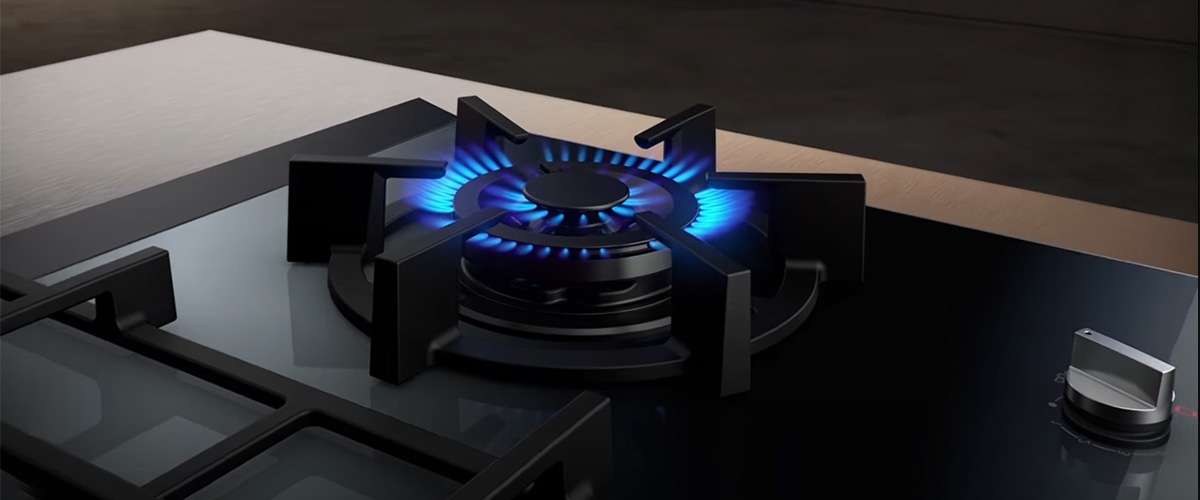















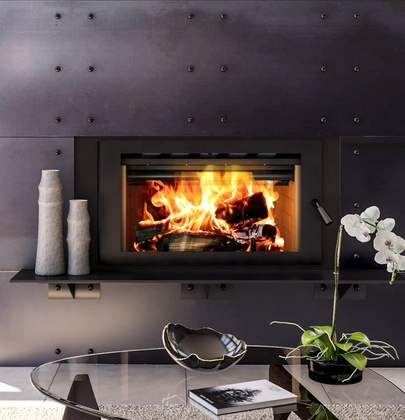

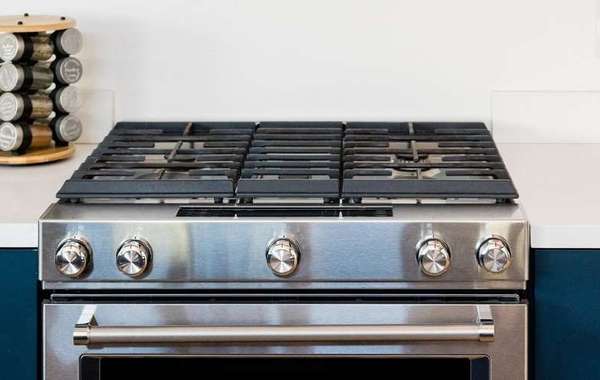
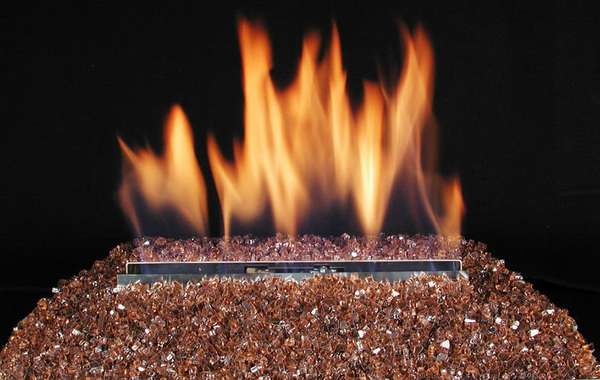

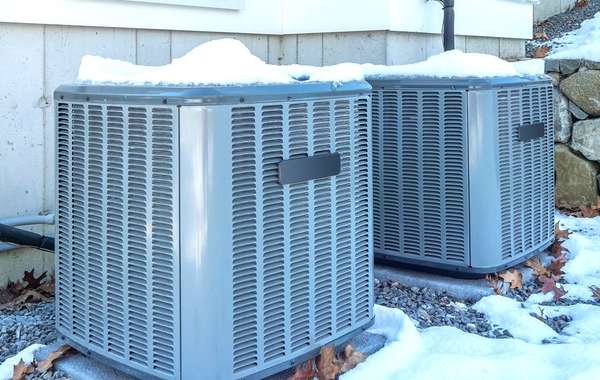
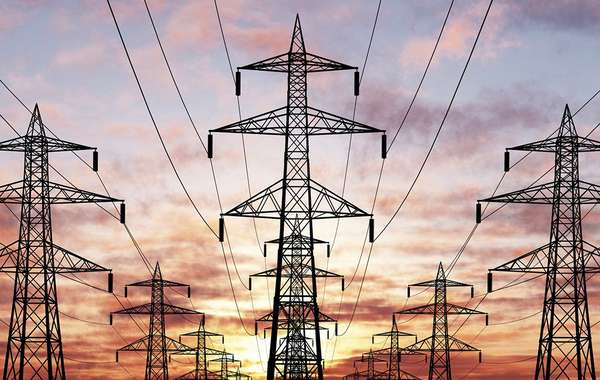
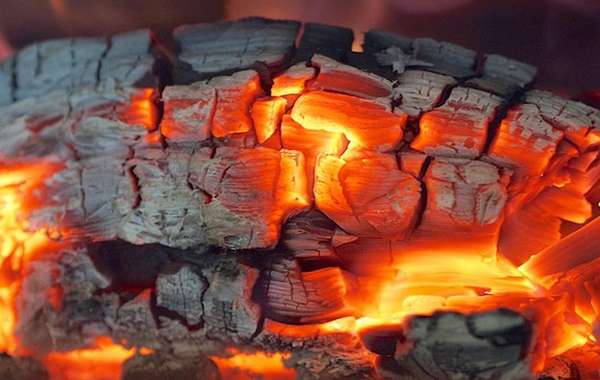
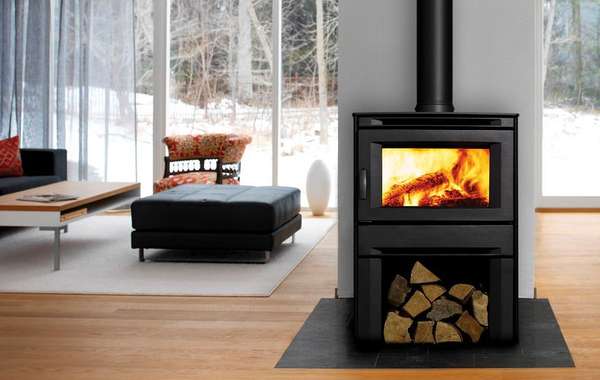

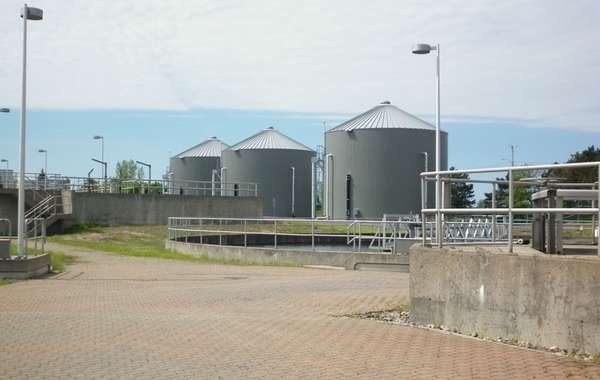

Comments (0)
Sign Up to Comment